Increasing Consumer Awareness
The Functional Cosmetic Market experiences a notable surge in consumer awareness regarding the ingredients and benefits of cosmetic products. As consumers become more informed about the potential effects of various chemicals, they increasingly seek products that offer functional benefits, such as anti-aging, hydration, and skin protection. This trend is reflected in the rising demand for products that not only enhance appearance but also contribute to skin health. According to recent data, the market for functional cosmetics is projected to grow at a compound annual growth rate of approximately 8% over the next five years. This growth is driven by consumers' desire for transparency and efficacy in their cosmetic choices, leading brands to innovate and reformulate their offerings to meet these expectations.
Rise of E-commerce and Digital Marketing
The Functional Cosmetic Market is significantly influenced by the rise of e-commerce and digital marketing strategies. With the increasing penetration of the internet and mobile devices, consumers are more inclined to purchase cosmetics online. This shift has prompted brands to enhance their online presence and engage with consumers through targeted digital marketing campaigns. Data indicates that online sales of cosmetics have surged, with e-commerce platforms accounting for a substantial portion of total sales. This trend not only facilitates greater accessibility for consumers but also allows brands to reach a wider audience. Furthermore, social media platforms serve as powerful tools for brand promotion, enabling companies to showcase their functional cosmetic products and connect with potential customers effectively.
Technological Advancements in Formulation
Technological advancements play a pivotal role in shaping the Functional Cosmetic Market. Innovations in formulation techniques allow for the development of products that deliver enhanced performance and efficacy. For instance, the incorporation of nanotechnology and biotechnology in cosmetic formulations enables the creation of active ingredients that penetrate deeper into the skin, providing more effective results. This has led to a proliferation of products that claim to offer multifunctional benefits, such as moisturization, sun protection, and anti-aging properties. The market is witnessing a shift towards products that utilize these advanced technologies, as consumers increasingly favor cosmetics that provide visible results. As a result, brands that invest in research and development are likely to gain a competitive edge in this evolving landscape.
Influence of Social Media and Beauty Influencers
The Functional Cosmetic Market is profoundly impacted by the influence of social media and beauty influencers. Platforms such as Instagram and TikTok have become essential channels for beauty brands to promote their products and engage with consumers. Influencers play a crucial role in shaping consumer perceptions and driving purchasing decisions, often showcasing functional cosmetics that promise specific benefits. This trend has led to a surge in brand collaborations with influencers, resulting in increased visibility and credibility for products. Market analysis indicates that cosmetics endorsed by influencers tend to experience higher sales, as consumers are more likely to trust recommendations from individuals they follow. As social media continues to evolve, its impact on the functional cosmetics landscape is expected to grow, further driving market dynamics.
Growing Demand for Natural and Organic Ingredients
The Functional Cosmetic Market is witnessing a growing demand for products that feature natural and organic ingredients. As consumers become more health-conscious, they are increasingly seeking cosmetics that align with their values of sustainability and wellness. This trend is evident in the rising popularity of products that are free from synthetic chemicals and harmful additives. Market data suggests that the segment of natural and organic cosmetics is expected to expand significantly, driven by consumer preferences for clean beauty. Brands that prioritize the use of ethically sourced ingredients and transparent labeling are likely to resonate with this demographic. Consequently, the emphasis on natural formulations is reshaping product development strategies within the functional cosmetics sector.



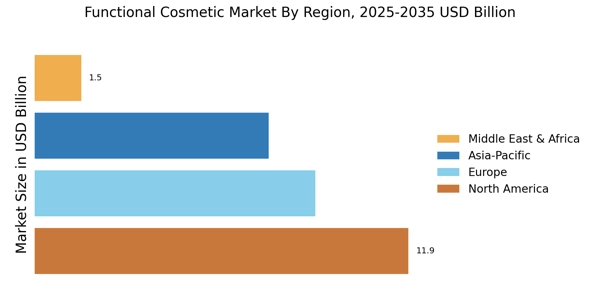
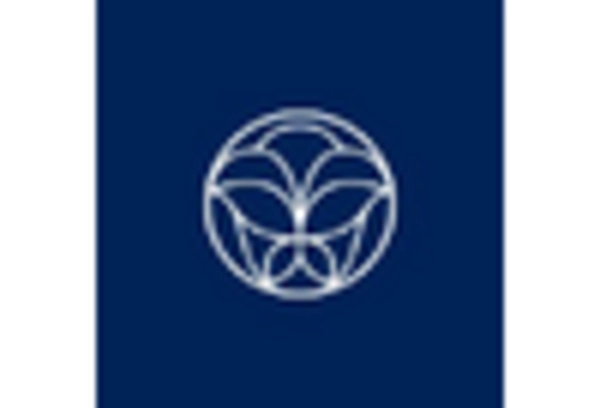
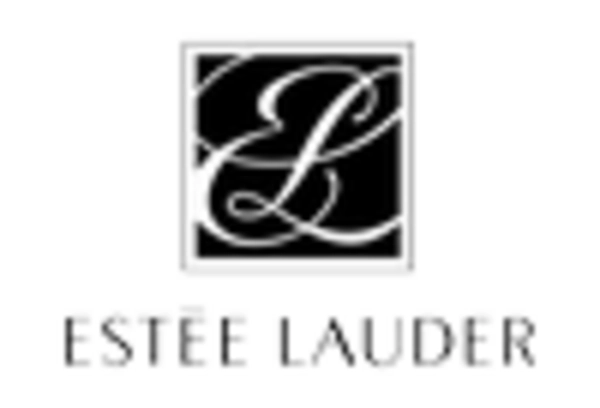
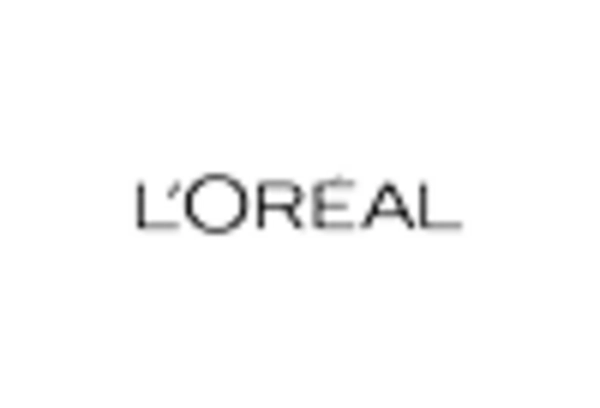
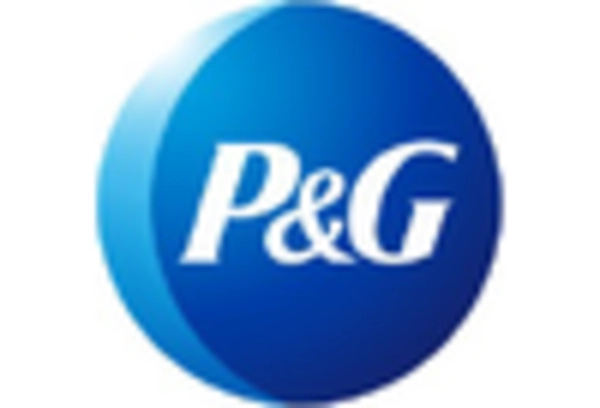
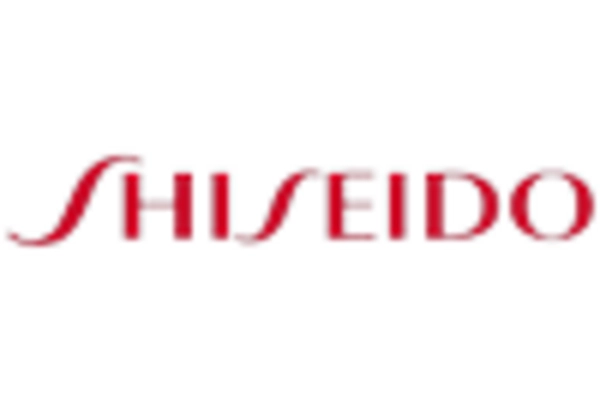









Leave a Comment